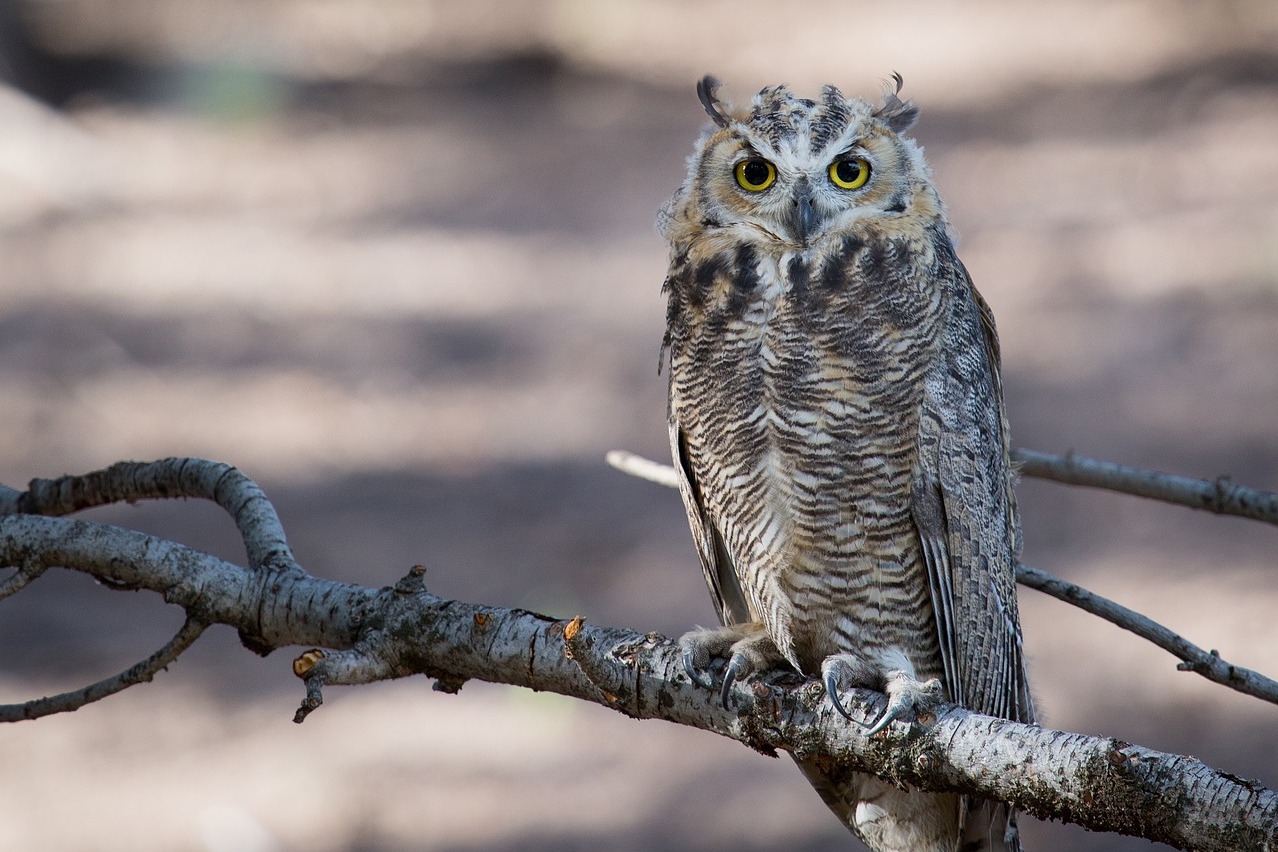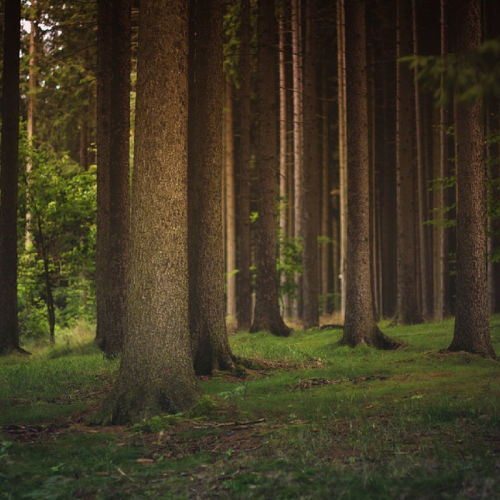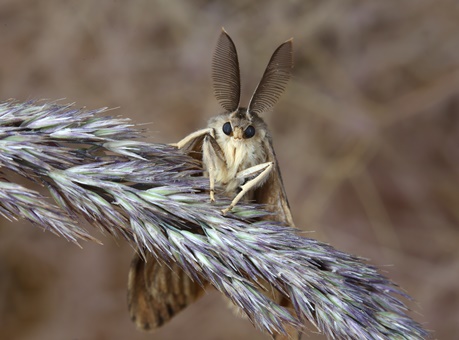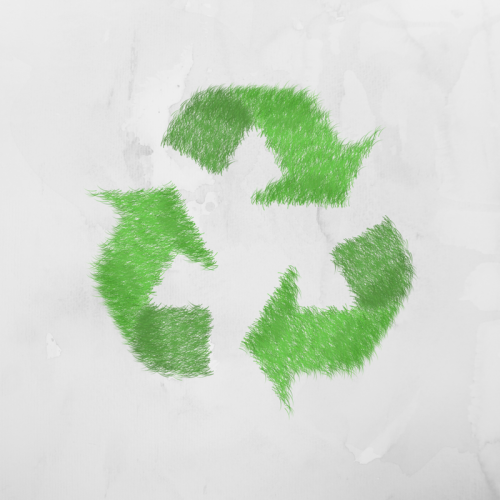
PLT Launches New E-Units
Energy in Ecosystems for grades 3-5, and Carbon & Climate for grades 6-8. These new units are available online to educators across the country, just in time to plan for the upcoming school year.

Energy in Ecosystems for grades 3-5, and Carbon & Climate for grades 6-8. These new units are available online to educators across the country, just in time to plan for the upcoming school year.

If you have access to tablets, there are many educational apps that you can integrate into lesson plans. We’ve pulled together 12 science apps for middle and high school students on the topics of climate change, conservation, weather, and more.

Incorporating art projects into a lesson plan about temperate deciduous forests is a great way to make learning fun. Using recycled and waste materials can make these projects more eco-friendly.

Congratulations to the students, teachers, and school administrators for their dedication to environmental education and healthy, sustainable schools.

Predators and prey animals use camouflage so they don’t attract too much attention. Here are examples of color matching, disruptive coloration, self-decoration, active camouflage, and mimesis.

Designed to be easy for teachers to access and use, these self-contained units of instruction are fully online.

The word “yoga” derives from a Sanskrit word “yuj,” meaning “to unite or integrate.” This book embodies Sanskrit’s yuj and can be used to integrate multiple discipline areas.

Fun facts about 10 trees from around the world to incorporate into a lesson about geography, science, language arts, and art. Students can create tree profiles to demonstrate their new knowledge.

Engage students in STEM (science, technology, engineering, and math) as they learn about the impact invasive species have on ecosystems and biodiversity.

Give “reduce, reuse, recycle” a whole new meaning by incorporating this concept into many subject areas. Many of these hands-on project ideas can be adapted for any grade.